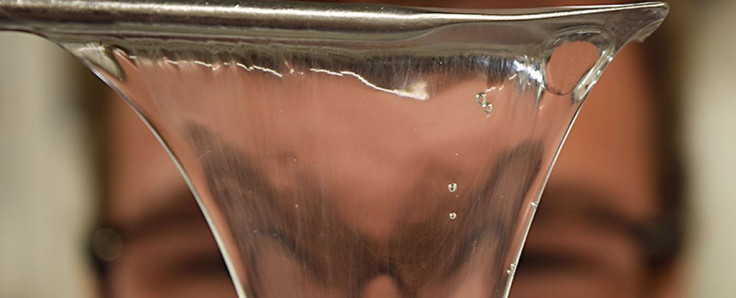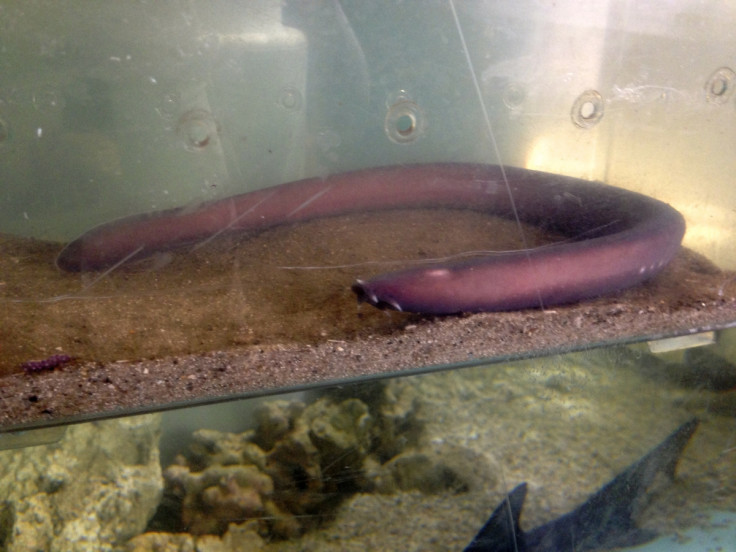Slime secreted by defensive hagfish can be used to make super hydrogels for nappies and farming

Slime that is released by hagfish as a defence mechanism could be used as a basis for manufacturing super hydrogels, say researchers. The slime is released into seawater and solidifies when the fish is in danger of predation, and scientists found that this could be harnessed for everyday human lives.
The new study found that biopolymers could be added to the secretion to stabilise it – meaning it will not collapse after long periods of time. Without these biopolymers, the hagfish goo eventually flops out of its solidified state.
Simon Kuster, researcher on the study, said: "As a chemist and material scientist, I couldn't help but wonder what this slime consists of and what factors allow it to immobilise such enormous amounts of water."
The scientists showed that this mucus can stabilised, and then used as a nature-inspired super hydrogel. Hydrogels are gels made almost entirely of water, and are used in disposable nappies, adhesive plasters, farming irrigation systems, and even in the food industry.
The eel-shaped hagfish – the only known living animal that has a skull but no spine – secrete the slime to trap predators, and eventually suffocate them. The gunge itself contains just 0.004% gelling agent, and 99.996% water – 200 times more water-based than gelatine.

After a while, the slime collapses in seawater due to changes in environmental conditions. However, the scientists used negatively charged biopolymers to form fibre-enforced hydrogels – or 'super hydrogels'.
While the researchers' theory does not use the exact same slime from hagfish, their designs follow its principles. They published the results in ACS Biomaterials Science & Engineering.
"The way the threads coil within the cells is highly specialised and very unusual," said Lukas Böni, researcher from the Institute of Food, Nutrition and Health in Zurich. "We cannot copy the slime formation mechanism of the hagfish in the laboratory. This natural system is far too complex."
Research has shown that just one hagfish can produce up to 20 litres of slime when they are in danger. That is enough to fill more than 56 soft drink cans.
© Copyright IBTimes 2024. All rights reserved.







